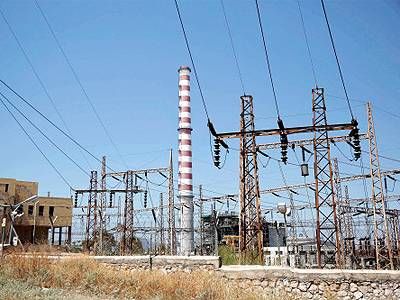 To cut down cost and reduce carbon footprint, Maharashtra government has decided to exploit non-conventional resources to generate 14,400 MW electricity by 2019 and will soon come out with a policy on it.
To cut down cost and reduce carbon footprint, Maharashtra government has decided to exploit non-conventional resources to generate 14,400 MW electricity by 2019 and will soon come out with a policy on it.
"The government wants to produce 14,400 MW electricity by 2019 by way of non-conventional methods.
“For this, we will be inviting private companies and these companies will invest a total of about Rs 70,000-80,000 crore (Rs 700-800 billion) for the purpose," an official from the state Energy department said.
“A policy in this regard will soon come up.
“This source of energy is cheaper and far better as compared to conventional sources. By using non-conventional sources, it can also be ensured that we save environment," he said.
The official said the policy has been finalised from the administrative perspective and soon a presentation will be made before the chief minister, following which it will be sent for cabinet approval.
Briefing on the sources of generation of electricity, the official said solar energy will generate 75000 MW, while wind mills will generate 5000 MW of power.
Sugar industries will help in creating 1000 MW, cogeneration will generate 200 MW, biogas will generate 300 MW and industrial waste will generate 400 MW, he said.
"These sources will be used as per its availability.
“For instance, there are many sugar factories located in western Maharashtra, thus 1000 MW electricity will be generated from that region," he added.
The official added that the power generated by private players will be purchased by the government as well.
"To check theft of electricity and ensure it reaches the customers in an even way, feeder managers will be installed at specific places.
“MSEDCL currently has 17000 feeder managers.
“Five feeders each will be installed at every designated place," he said.
Any of the medium voltage lines used to distribute electric power from a sub-station to consumers or to smaller sub-stations is known as a feeder.









